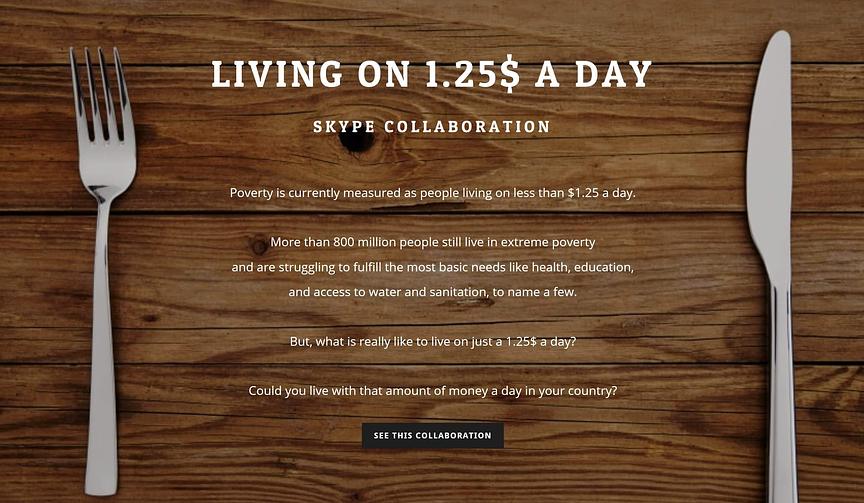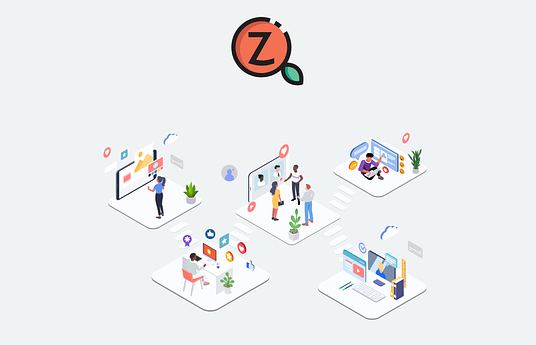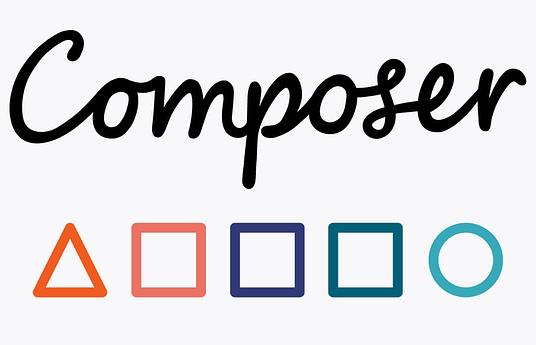What we do?
With the help of mathematical knowledge, we've done a currency conversion and practiced math operations, assessed family budgets, prices of food and made daily menus for 1.25$. We used statistics and data analysis in order to understand the data we found in our research. We talked about the poorest and richest countries in the world in Geography classes and about healthy food in biology classes. We used English and ICT to connect to students around the world and share our results. We evaluated the relevance of the resources that we encountered on the Internet, used logical and critical thinking in order to reach conclusions and tried to give our small contribution to solving global problems.
We have tried to find some answers in an eTwinning project SPARKS with students from many European countries, and then in Microsoft Community, with students from all over the world, using Skype in the Classroom for connecting and sharing results.
Project SPARKS got European Quality Labels in many European countries. This lesson was one of 5 winning lessons with the most innovative approaches to Math teaching at the contest organized by Center for the promotion of Science in Serbia called Action potential of Mathematics, within May Month of Mathematics 2019. This lesson in our class was recorded and it's showcased as an example of good practice in media and at different events, organized by the Center for the Promotion of Science. Some media already covered our stories, including National Geographic Serbia, Politika, Danas, City magazine,... but also pedagogical magazine published by our Ministry of Education.
Why we do it?
The main aim of this collaboration is to teach students about the first two Sustainable Development Goals: No poverty and Zero hunger, and connect SDGs with Math lessons (especially statistics, converting currencies, mean, median, family budgets and financial skills in general). We also connected these topics with Biology, Geography, English and Social and emotional learning.
Students can read about SDGs, they can research about them, but the best way to learn about these goals is to try to imagine how really looks like to be poor, to be hungry and not have enough money for a decent life.
Our main goal was to make some impact on students and make them think about their own life. Having just 1.25$ a day changed their perspective and made them think about how can they help to fight poverty.
Global challenges such as poverty, inequality and climate change can be solved only by working together. Each of us has to make a small step to make this world a better place to live.



